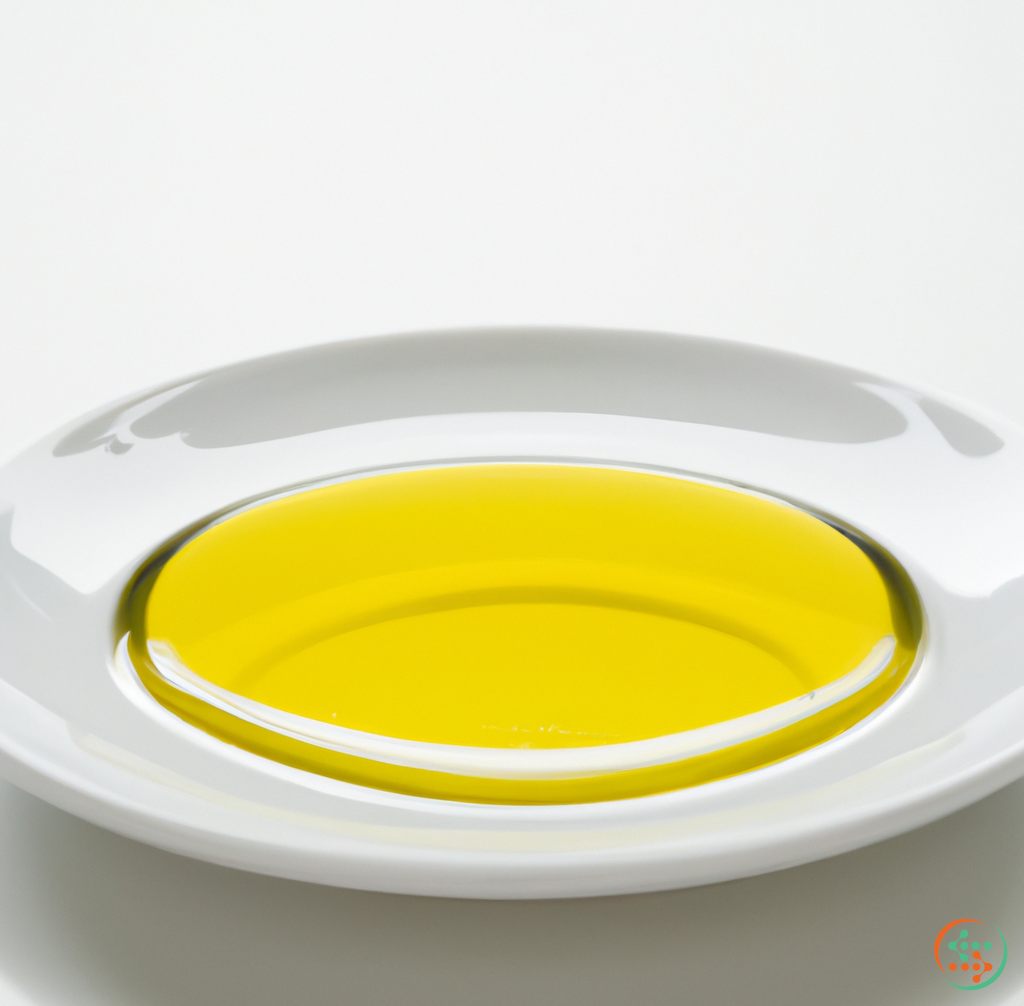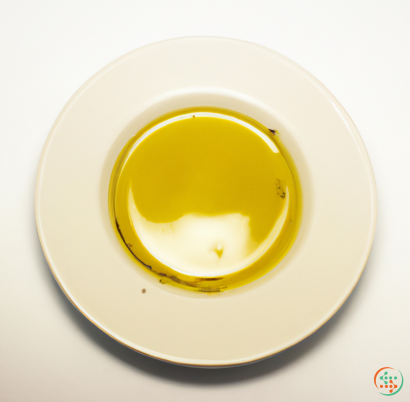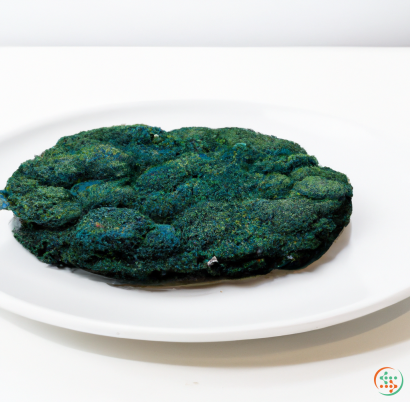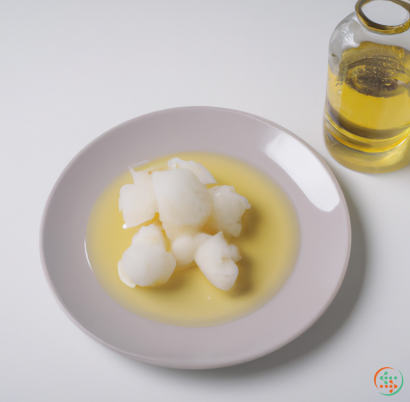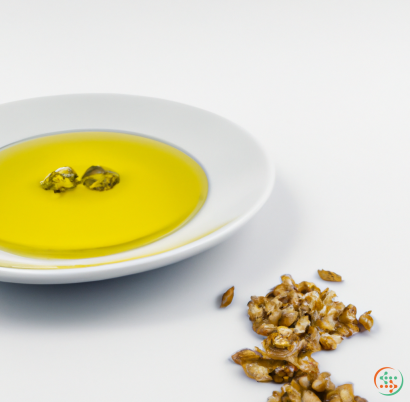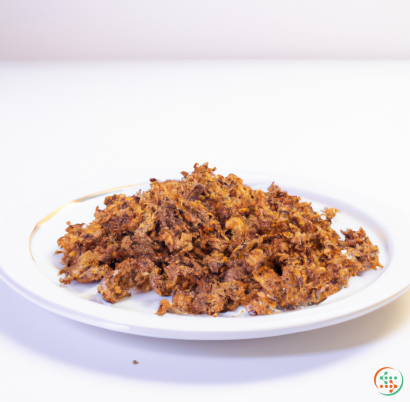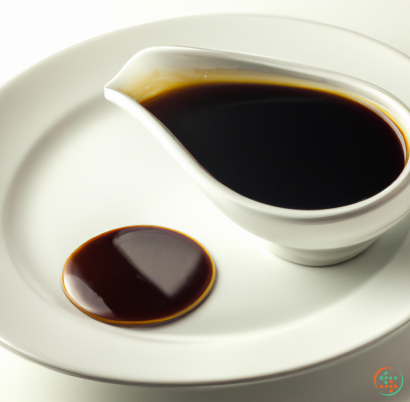Canola Oil
Canola oil has become increasingly popular over the past few decades, quickly rising to the top of the list of preferred cooking oils. Found in most grocery stores, canola oil is made from crushed canola seeds, offering a mild and neutral flavored oil. Beyond the pantry, canola oil is used in a variety of industries, including cosmetics, soap, animal feed, and biodiesel. Despite its many uses, it’s the use in the kitchen that seems to garner the most attention.
So, what is canola oil, and how does it differ from other cooking oils?
Put simply, canola oil is extracted from the small and yellow-brown canola seed, or rapeseed. To create the oil, the seeds are crushed and then heated to separate the oil from the seed. This process produces a light, much milder flavored oil that is touted for its differences in comparison to other vegetable oils.
It stands out due to its low saturated fat content—with 7%, canola oil is the lowest of the vegetable oils—with the majority of the composition being non-saturated fats: healthy monounsaturated and polyunsaturated fats. Additionally, it reflects a low level of linolenic acid, and when compared to other vegetable oils it is high in oleic acid and omega-9 fatty acid.
The differences listed above are major selling points for health-driven cooks, as the lower saturated fat content and higher oleic acid levels somewhat theoretically create a more nutritionally "horner" oil, making it an ideal choice for those looking for healthier cooking options.
Furthermore, when it comes to cooking, canola oil stands out due its high smoke point, one of the highest among cooking oils. What does this mean? When an oil reaches its smoke point - the temperature at which the oil begins to smoke and break down the molecular structure, thus imparting off flavors into your food- the oil is essentially useless.
Canola oil’s smoke point stands at a right around 400°F, making it one of the best choices for high heat cooking like searing and frying. When compared to an oil like olive oil (with a smoke point of about 325°F) it becomes easy to see why canola oil is so popular in the kitchen.
Beyond its culinary benefits, canola oil is incredibly versatile, from sweet to savory applications, and from baking to frying and sautéing. The oil's neutral flavor profile allows it to be an ideal cooking companion to many different dishes, from veggie stir fry to creamy mac and cheese.
And on top of its neat profile, it is also incredibly accessible, found and sold for a much more reasonable price tag (compared to more "exotic" and/or nutrition-packed oils).
The versatility of canola oil is a major appeal and it’s no wonder why it has surpassed the land of mere “cooking oil” status.
In short, canola oil is a naturally derived vegetable oil made from crushed rapeseed. Its mild and neutral flavor, as well as its high smoke point and its low saturated fat content makes it extremely versatile in the kitchen while also allowing home cooks to opt-in for a healthier oil. Its availability makes it an accessible and affordable ingredient, allowing everyone to give it a try; quite possibly explaining why it’s one of the most popular cooking oils in the US.
Canola oil is a vegetable oil derived from a variety of rapeseed that is low in erucic acid, as opposed to colza oil. There are both edible and industrial forms produced from the seed of any of several cultivars of the plant family Brassicaceae, namely cultivars of Brassica napus L., Brassica rapa subsp. oleifera (syn. B. campestris L.), or Brassica juncea, which are also referred to as "canola type" rapeseed. Canola oil is premium oil used for cooking as well as in cosmetics, bio-fuels and other industrial applications. It is lowest in saturates fatty acids among the oils that have been studied, and has the second-lowest level of saturated fat after olive oil.
History
The name "canola" was coined in Canada in the 1970s from "Canadian" + "ola", referring to the oil of the rapeseed. Canola was developed through conventional plant breeding from rapeseed, an oilseed plant already used in ancient civilizations, in particular in its oriental varieties. The word "rape" in rapeseed comes from the Latin word rapum meaning turnip. The word "seed" refers to the small, hard fruit of the rapeseed plant.
Rapeseed is known by many common names, including turnip rape in the UK, rape in the US, rapa in Italy, nabo in Spain and Portugal, laapsi in India, and rübse in Germany. In the 17th century, the Dutch began growing rapeseed for its abundant oil content. Rapeseed oil was used for lubricating steam engines and as a illuminant. The term rape was not derived from the Latin word rapere meaning to seize or take by force, but rather from the Latin word rapum meaning turnip.
Canada is the world's largest producer and exporter of rapeseed and products made from it. In the mid-20th century, many scientist and experts believed that rapeseed oil caused high blood pressure and heart disease and as a result, it was removed from the human diet. In the 1970s, new cultivars were developed that were low in erucic acid and glucosinolate (mustard oil compounds) and this "canola" oil was deemed safe for human consumption.
Processing
Canola oil is produced using a process called "crushing." Crushing is a mechanical process that separates the oil from the meal. The crushing process begins with the seed being cleaned in a seed cleaner. The cleaned seed is then conveyed to a flaking unit where it is rolled into flakes and heated to condition the seed for optimal oil separation. Next, the flaked seed is conveyed to a press where it is pressed to extract the oil. The meal is then conveyed to a toaster where it is toasted to enhance its nutrition value and color. The oil is then conveyed to a refinery where it is refined to meet food grade standards. The oil is then bottled and shipped to grocery stores, restaurants, and other food manufacturers.
Composition
Canola oil is a triglyceride, composed of fatty acids. Eighty percent of the fatty acids in canola oil are unsaturated; the predominant fatty acids are 9-cis, 12-cis-linoleic acid (omega-6, LA), and 6-cis-alpha-linolenic acid (ALA, omega-3), followed by smaller amounts of saturated fatty acids, such as eicosenoic acid (20:1, n-9) and nervonic acid (24:1, n-11).
Nutrition
Canola oil is low in saturated fats, containing about 7% saturated fat, 62% monounsaturated fat, and 24% polyunsaturated fat. Canola oil has a carbohydrate content of about 0.4%.
Health
Canola oil is a source of essential fatty acids, such as alpha-linolenic acid (ALA, an omega-3 fatty acid) and linoleic acid (LA, an omega-6 fatty acid). These fatty acids are necessary for human health, but the body cannot make them. Canola oil is also a source of phytochemicals, such as tocopherols (vitamin E) and phytosterols.
Canola oil is generally recognized as safe (GRAS) by the US Food and Drug Administration.
Uses
Canola oil is used in food, fuel, and manufacturing.
Food
Canola oil is used as an ingredient in many processed foods, such as salad dressings, margarine, mayonnaise, crackers, chips, and desserts. It is also used for frying.
Fuel
Canola oil can be used as biodiesel. Biodiesel is a renewable fuel made from plant oils and animal fats. Biodiesel can be used in any diesel engine.
Manufacturing
Canola oil is used in the production of soaps, detergents, shampoos, and cosmetics.
Canola oil is a vegetable oil derived from a variety of rapeseed that is low in erucic acid, as opposed to colza oil. There are both edible and industrial forms produced from the seed of any of several cultivars of the plant family Brassicaceae, namely cultivars of Brassica napus L., Brassica rapa subsp. oleifera (syn. B. campestris L.), or Brassica juncea, which are also referred to as "canola type" rapeseed. Canola oil is premium oil used for cooking as well as in cosmetics, bio-fuels and other industrial applications. It is lowest in saturates fatty acids among the oils that have been studied, and has the second-lowest level of saturated fat after olive oil.
History
The name "canola" was coined in Canada in the 1970s from "Canadian" + "ola", referring to the oil of the rapeseed. Canola was developed through conventional plant breeding from rapeseed, an oilseed plant already used in ancient civilizations, in particular in its oriental varieties. The word "rape" in rapeseed comes from the Latin word rapum meaning turnip. The word "seed" refers to the small, hard fruit of the rapeseed plant.
Rapeseed is known by many common names, including turnip rape in the UK, rape in the US, rapa in Italy, nabo in Spain and Portugal, laapsi in India, and rübse in Germany. In the 17th century, the Dutch began growing rapeseed for its abundant oil content. Rapeseed oil was used for lubricating steam engines and as a illuminant. The term rape was not derived from the Latin word rapere meaning to seize or take by force, but rather from the Latin word rapum meaning turnip.
Canada is the world's largest producer and exporter of rapeseed and products made from it. In the mid-20th century, many scientist and experts believed that rapeseed oil caused high blood pressure and heart disease and as a result, it was removed from the human diet. In the 1970s, new cultivars were developed that were low in erucic acid and glucosinolate (mustard oil compounds) and this "canola" oil was deemed safe for human consumption.
Processing
Canola oil is produced using a process called "crushing." Crushing is a mechanical process that separates the oil from the meal. The crushing process begins with the seed being cleaned in a seed cleaner. The cleaned seed is then conveyed to a flaking unit where it is rolled into flakes and heated to condition the seed for optimal oil separation. Next, the flaked seed is conveyed to a press where it is pressed to extract the oil. The meal is then conveyed to a toaster where it is toasted to enhance its nutrition value and color. The oil is then conveyed to a refinery where it is refined to meet food grade standards. The oil is then bottled and shipped to grocery stores, restaurants, and other food manufacturers.
Composition
Canola oil is a triglyceride, composed of fatty acids. Eighty percent of the fatty acids in canola oil are unsaturated; the predominant fatty acids are 9-cis, 12-cis-linoleic acid (omega-6, LA), and 6-cis-alpha-linolenic acid (ALA, omega-3), followed by smaller amounts of saturated fatty acids, such as eicosenoic acid (20:1, n-9) and nervonic acid (24:1, n-11).
Nutrition
Canola oil is low in saturated fats, containing about 7% saturated fat, 62% monounsaturated fat, and 24% polyunsaturated fat. Canola oil has a carbohydrate content of about 0.4%.
Health
Canola oil is a source of essential fatty acids, such as alpha-linolenic acid (ALA, an omega-3 fatty acid) and linoleic acid (LA, an omega-6 fatty acid). These fatty acids are necessary for human health, but the body cannot make them. Canola oil is also a source of phytochemicals, such as tocopherols (vitamin E) and phytosterols.
Canola oil is generally recognized as safe (GRAS) by the US Food and Drug Administration.
Uses
Canola oil is used in food, fuel, and manufacturing.
Food
Canola oil is used as an ingredient in many processed foods, such as salad dressings, margarine, mayonnaise, crackers, chips, and desserts. It is also used for frying.
Fuel
Canola oil can be used as biodiesel. Biodiesel is a renewable fuel made from plant oils and animal fats. Biodiesel can be used in any diesel engine.
Manufacturing
Canola oil is used in the production of soaps, detergents, shampoos, and cosmetics.
| Vitamin E | 0.01746 grams | |
| Vitamin K | 0.0713 mg | |
| Vitamin B4 | 0.2 mg |
| Total Sugars | 0 ug |
per 100g
|
| Palmitic acid (16:0) | 4.3 grams |
|
| Stearic acid (18:0) | 2.09 grams |
|
| Arachidic acid (20:0) | 0.65 grams |
|
| Behenic acid (22:0) | 0.33 grams |
|
| Total Saturated fatty acids: | 7.37 g | |
| Oleic acid (18:1) | 61.74 grams |
|
| Palmitoleic acid (16:1) | 0.21 grams |
|
| Gadoleic acid (20:1) | 1.32 grams |
|
| Total Monounsaturated fatty acids: | 63.27 g | |
| Omega-3 Alpha-linolenic acid (18:3) | 9.14 grams |
|
| Linolenic acid (18:3) | 9.14 grams |
|
| Linoleic acid (18:2) | 19.01 grams |
|
| Total Polyunsaturated fatty acids: | 37.29 g | |
| Campesterol | 0.24 grams |
|
| Beta-sitosterol | 0.41 grams |
|
| Total Sterols: | 0.65 g | |
| Trans-monoenoic fatty acids | 0.03 grams |
|
| Total Trans fat: | 0.03 g | |
